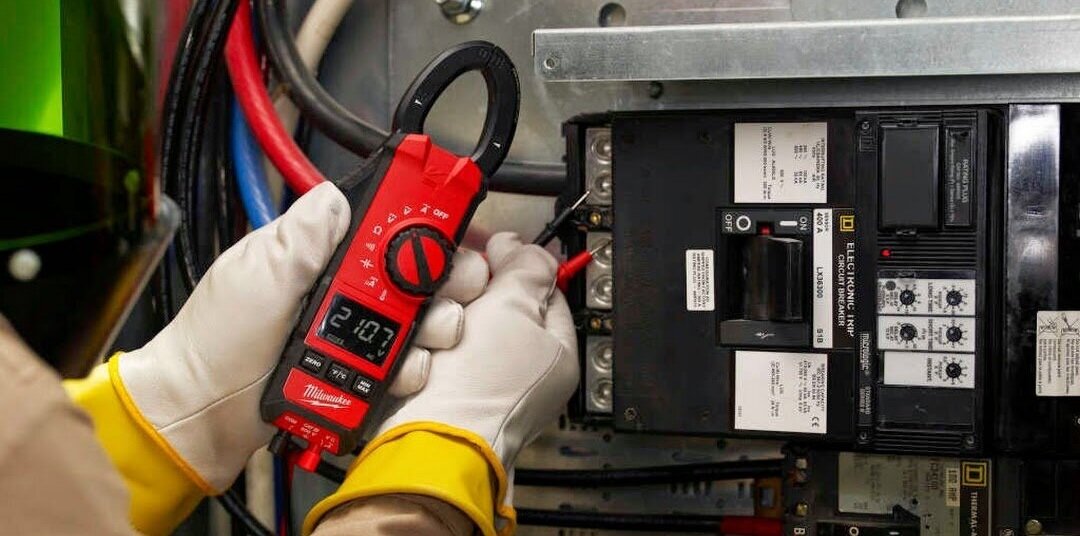Dedicated technical support for electrical industry needs.
Wiki Article
Top Tips for Effective Electrical System Troubleshooting
Troubleshooting electrical systems calls for a methodical strategy, based in a thorough understanding of electric concepts and security protocols. By acquainting oneself with circuit elements, using essential tools, and adhering to a structured analysis technique, professionals can effectively determine and settle concerns. However, the nuances of effective repairing prolong beyond simple technical understanding; recognizing exactly how to record findings and focus on security can substantially affect end results. As we discover these essential components even more, it ends up being clear that mastering this process is not just helpful but necessary for success in the area.Understand the Essentials
Comprehending the essentials of electric systems is essential for reliable troubleshooting, as a solid foundation allows service technicians to detect and resolve concerns much more effectively. An extensive understanding of electrical principles, such as voltage, existing, resistance, and power, is critical in identifying the origin of problems. Voltage is the electrical potential difference that drives current through a circuit, while resistance opposes the circulation of current, affecting the total functionality of the system.Familiarity with circuit components, including resistors, capacitors, diodes, and switches over, is additionally vital. Each element plays a distinctive duty in circuit habits and can influence efficiency when malfunctioning. Furthermore, understanding collection and parallel circuit configurations is vital, as these plans influence the circulation of voltage and present within the system.
Furthermore, understanding of safety methods is important. Service technicians need to know prospective dangers, such as shock and short circuits, to execute safe troubleshooting techniques. By mastering these fundamental ideas, technicians boost their capability to carry out effective diagnostics and repair services, ultimately resulting in enhanced performance and dependability of electric systems. This fundamental knowledge is the keystone of effective troubleshooting ventures.
Gather Necessary Tools
Efficient troubleshooting of electric systems needs the best collection of devices to diagnose and deal with problems properly. Important tools include a multimeter, which measures voltage, existing, and resistance, enabling for specific evaluations of electrical components.In addition, shielded hand tools such as screwdrivers, pliers, and cord pole dancers are essential for securely adjusting electrical links. It is additionally suggested to have a circuit tester on hand to verify the existence of voltage in electrical outlets and wires. For even more complicated systems, a thermal imaging electronic camera can assist identify overheating components, suggesting possible failures.

Adhere To a Systematic Method
Having actually gathered the appropriate devices, the next action in troubleshooting electric systems is to follow an organized method. A systematic method ensures that service technicians can recognize faults successfully and properly, decreasing downtime and stopping unnecessary repair work.Begin by assessing the system's schematic diagrams and specifications. This entails checking each element methodically, beginning from the power source and functioning towards the tons.
Use testing devices, such as multimeters and oscilloscopes, to collect unbiased data concerning voltage, present, and resistance at various points within the system. This empirical evidence will certainly guide your troubleshooting efforts and assist to confirm or remove possible root causes of failing.
In addition, think about environmental factors that might affect the system's performance, such sites as temperature level fluctuations or site web dampness access. A thorough evaluation of electrical wiring, connections, and components will guarantee that all possibilities are made up.
File Your Findings
Thorough documents is important in the troubleshooting procedure of electrical systems. This technique not just aids in understanding the origin reason of the issue but likewise serves as a reference for future fixing initiatives.
Additionally, maintaining a log of parts replaced or repairs done is important. This information sustains supply monitoring and can assist analyze the durability and integrity of details parts.
Inevitably, the documentation procedure should be thorough yet concise, enabling simple access and evaluation - electrical system troubleshooting. By focusing on in-depth documentation, professionals can develop a beneficial data base that not only aids in existing troubleshooting yet additionally equips future upkeep initiatives, consequently enhancing total system reliability

Prioritize Precaution
Recognizing the fundamental risks related to electric systems is vital for guaranteeing security during troubleshooting. Electric shock, burns, and equipment damage are simply a few of the possible risks that service technicians encounter. Prioritizing precaution is not just a legal obligation however additionally an ethical imperative that safeguards both you could try here the service technician and the surrounding environment.Prior to commencing any type of troubleshooting job, professionals should don suitable personal safety equipment (PPE), consisting of shielded gloves, security glasses, and flame-resistant clothes. Guaranteeing that the workplace is dry and complimentary of mess can dramatically reduce the risk of crashes. It is important to de-energize circuits before starting any type of work, verifying that they are not live via the usage of a multimeter or voltage tester.
Establishing clear communication methods with group participants is likewise crucial; this makes sure that everyone understands possible threats and the condition of the electrical system being worked with. Having an emergency situation action plan in location can prove very useful in the event of a case. By prioritizing safety steps, technicians can effectively minimize risks and promote a more secure work environment.
Verdict
Efficient electrical system repairing relies upon an extensive understanding of fundamental principles and a methodical method. By collecting important devices, sticking to systematic examination strategies, and thoroughly recording searchings for, the fixing process comes to be much more effective and trustworthy. Focusing on security procedures makes certain the health of individuals included and the stability of the electrical system. Carrying out these approaches will enhance the troubleshooting experience, leading to quicker resolutions and boosted operational efficiency in electric systems.Report this wiki page